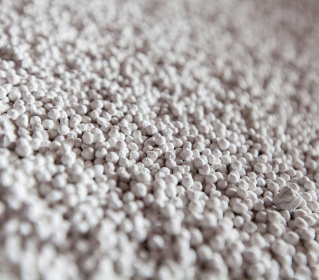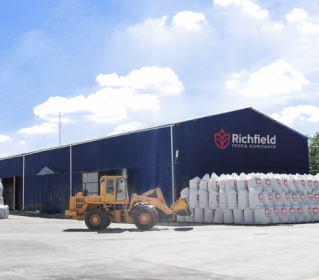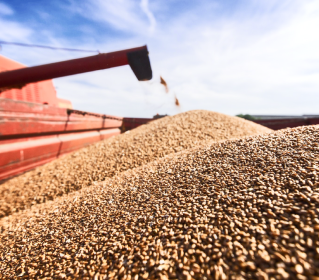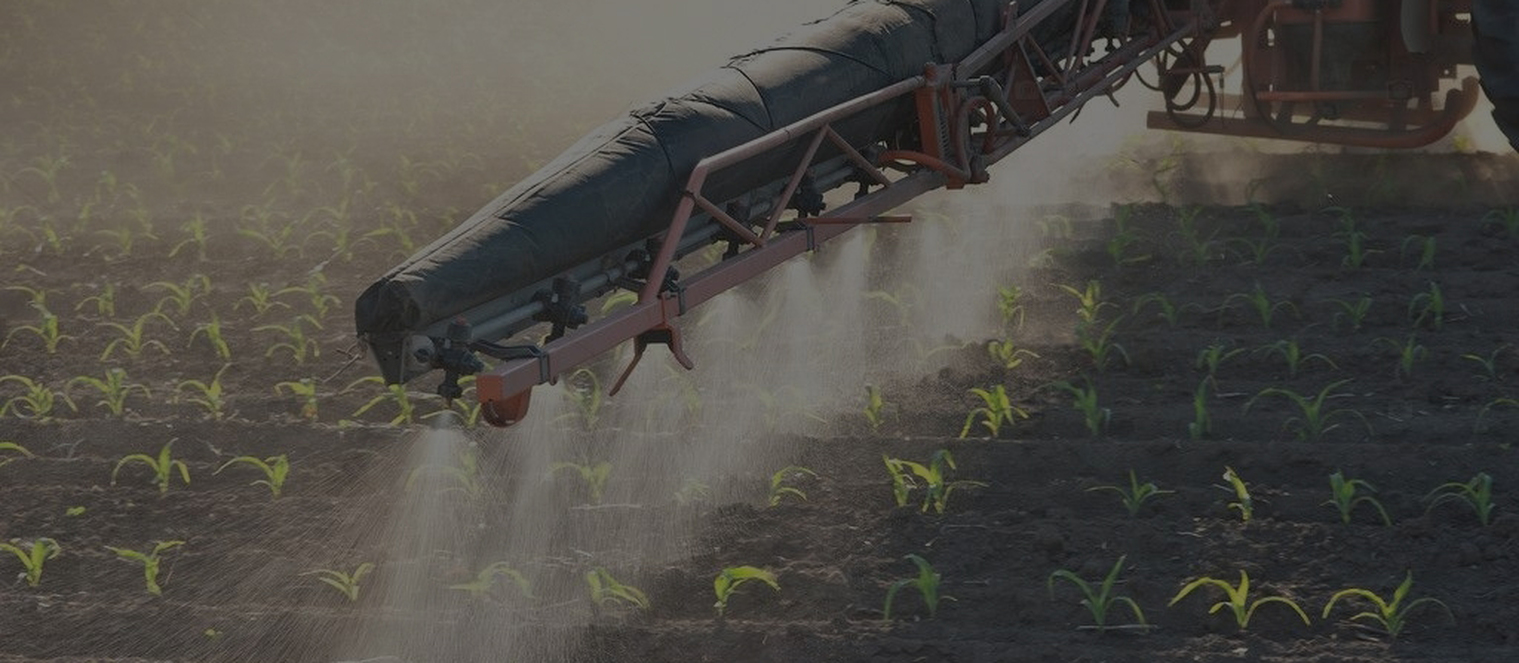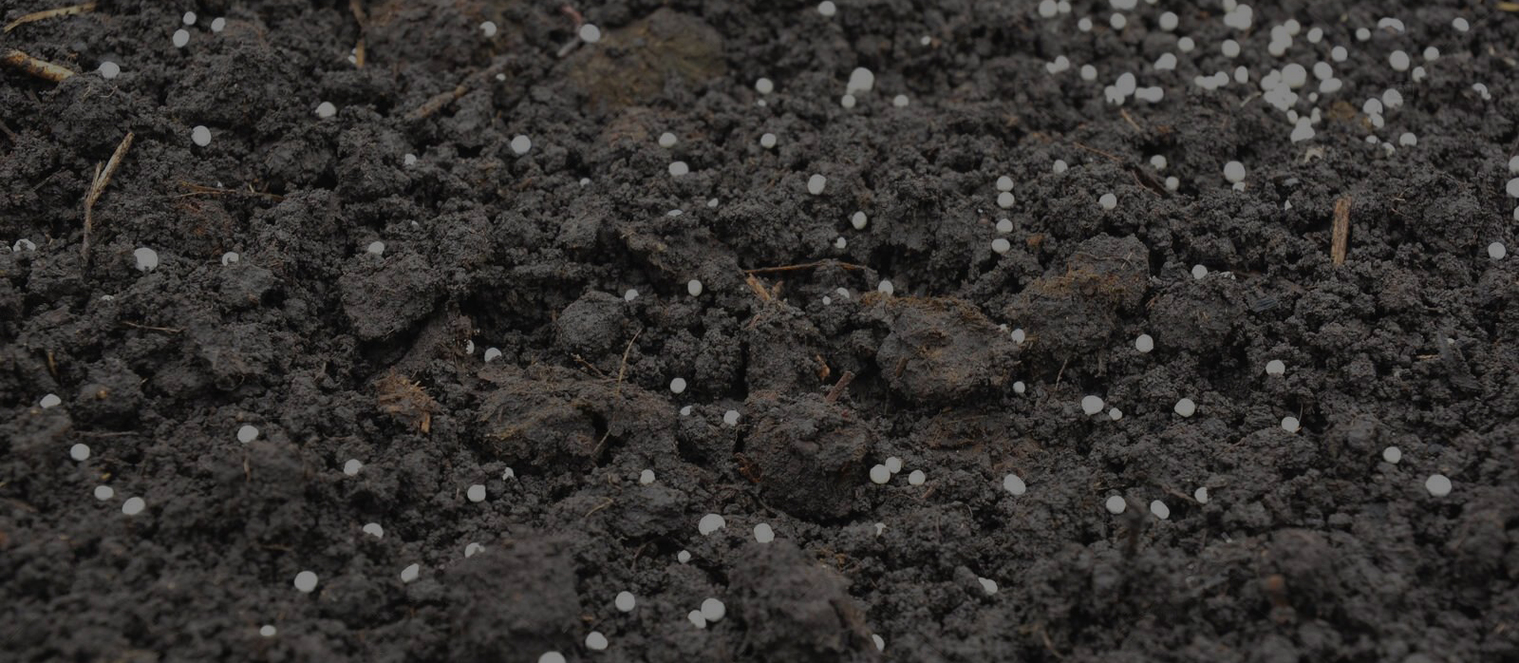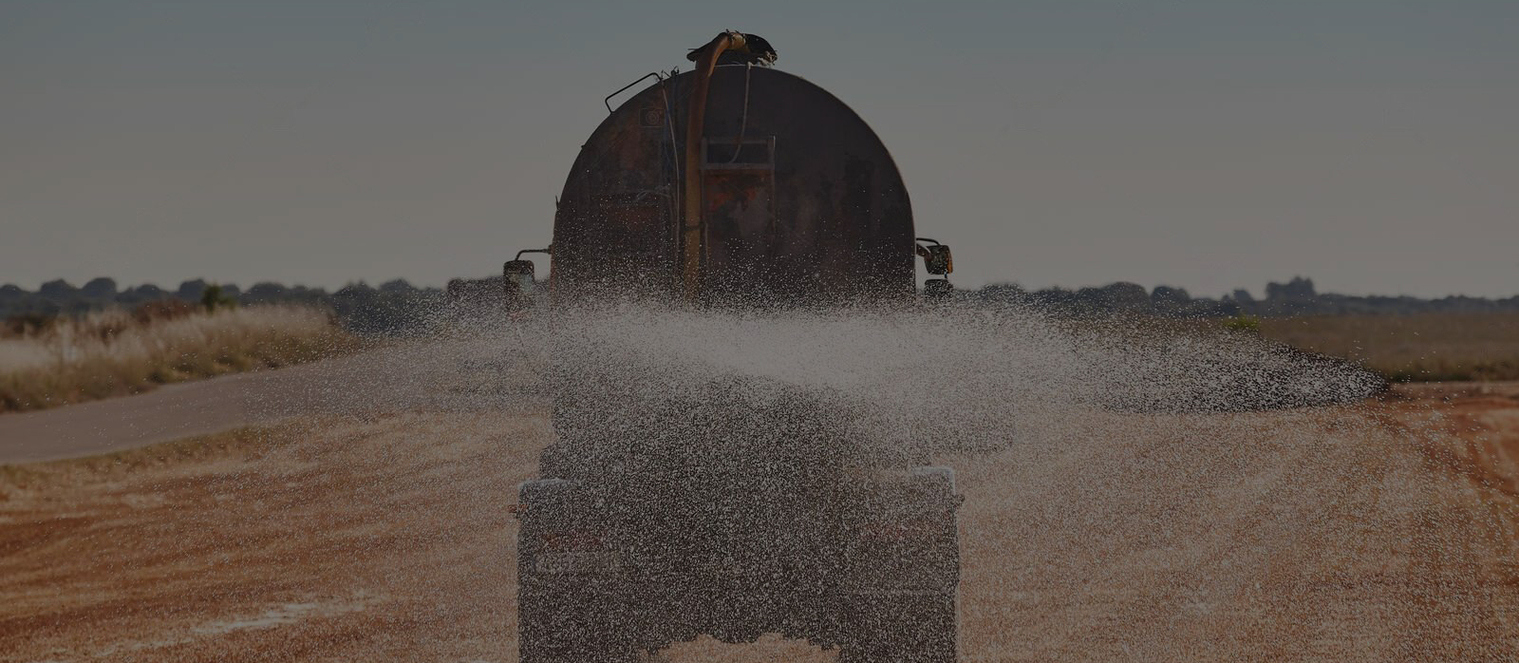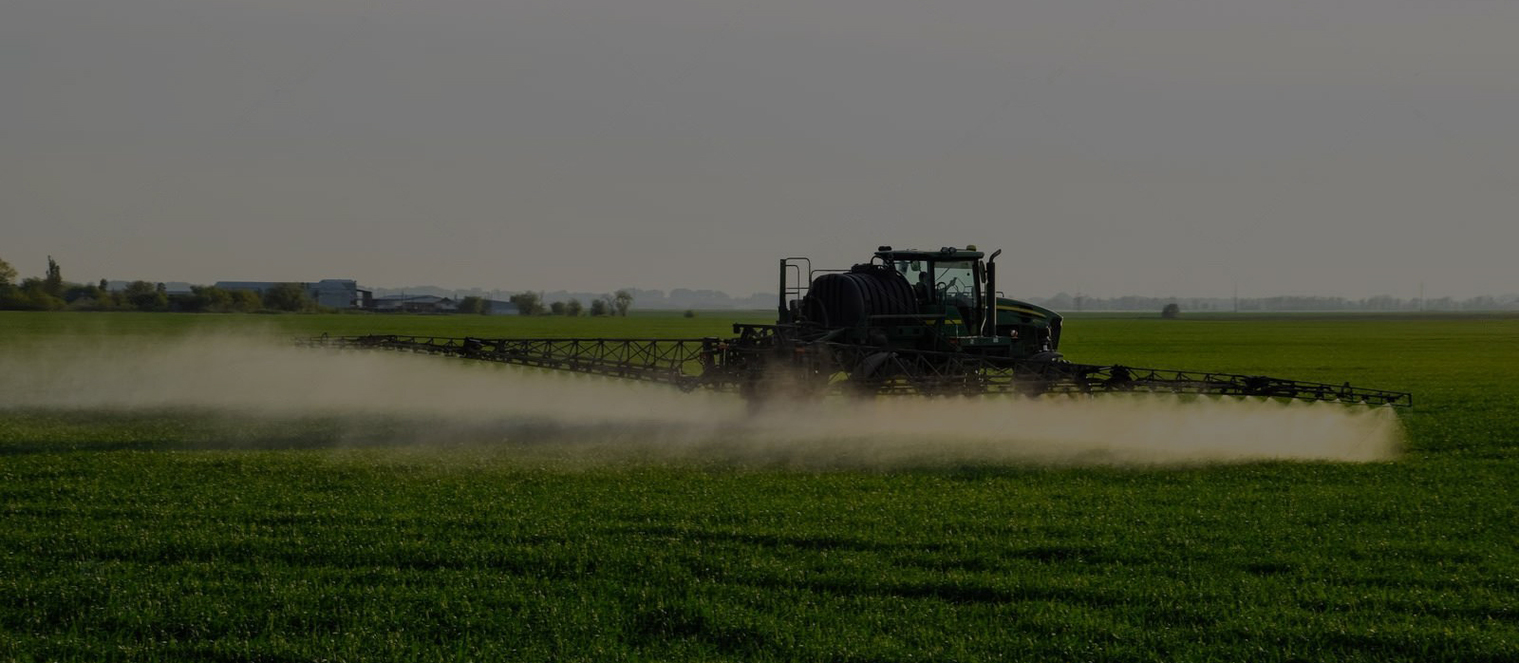
Features of fueling of spring grain crops
Features of fueling of spring grain crops
The growing season in spring crops is shorter than that of winter crops: in barley – 70-110 days, oats – 100-120, spring wheat – 80-115 days, and the number of elements of fueling that is spent on the formation of the crop, they are almost the same. The root system of spring crops is weaker. They're also worse off. These features should be taken into account in order to ensure the full nutrition of plants during vegetation.
Spring crops have the greatest need for nitrogen in phases from the beginning of the harvest to the exit to the tube. During this period, they absorb up to 40% of the nitrogen of the total take-off for vegetation. In the first 10-30 days after the appearance of shoots, nitrogen contributes to the accumulation of carbohydrates in plants. Therefore, its lack during this period leads to a violation of the formation of generative organs, and eventually - to a decrease in the harvest. The introduction of nitrogen fertilizers at a later date does not eliminate the negative effects of early nitrogen fasting and does not increase crop yields.
Phosphorus in spring grains contributes to the growth of the root system, the formation of a large ear, an earlier ripening of the crop. The initial growth period is critical in the phosphorus nutrition of plants. Therefore, the introduction of phosphorous fertilizers in time for sowing at a dose of 10-20 kg/ha d.v. contributes to the increase in yield.
Potassium spring crops also absorb more at the beginning of their growth. If there is a lack of potassium in the phase of three leaves, their upper part shines, and after 7-10 days the sign disappears, but the plant loses the rate of growth; for a severe lack of potassium, the tops of the leaves die off; The remaining symptomsare characteristic of all grains.
It is better to grow with the use of fertilizers on soils with very low acidic and neutral response (pH 6.0-7.3).
Barley intensively assimilates the basic elements of food in the flowand a short period of time from the phase of the thickening to the beginning of the stabbing (25-30 days), 50-65 – phosphorus, 65-70% potassium.
The millet has a well-developed root system with a significant suction ability, so it saves more fuel to use water and nutrients from the soil. The fast food is fastidious to the fertility of the soil, requires a neutral reaction of it (pH 6.5-7.5). At the beginning of growth it requires primarily phosphorus, whichstifies the development of the root system, but at this time also assimilates nitrogen and potassium.
More food intakes are absorbed into the phases of thickening and flowering. During this period, plants assimilate about 70% of nitrogen, 60 – phosphorus and almost 45% of potassium.
Oats are less demanding to the conditions of growth. It tolerates the acidity of the soil better, but responds well to its lime (optimal pH value 5.0-6.5). Oats have high potential performance, it is better than other spring cereals assimilates elements of nutrition from the soil and introduced under the precursor of fertilizers, when the cone is differentiating, the height of the plants and the number of leaves is determined, as well as the number of grains in the labele, after which the oats evenly assimilate nitrogen until the vegetation is completed. The weight removes 33 kg of nitrogen from the soil, 14 – P20 and 29 kg K20. The use of mineralfertilizers under oats, together with the increase in grain harvest increases the protein content and reduces the amount of fiber.
All spring crops respond well to the introduction of mineral fertilizers, and use the after-action of organic fertilizers effectively. Fertilized ploughing crops are their best predecessors.
The optimal dose of nitrogen fertilizers for spring crops, which are made under pre-planting cultivation after crops, is 60 kg/ha a.i., after perennial herbs – 30-40, after cereals, cabbage and other non-harvest predecessors – 90 kg/ha a.i. The maximum dose of nitrogen fertilizers for these crops is 120 kg/ha a.i. For brewing varieties of barley, as well as in the subsing of perennial bean grasses, the dose of nitrogen fertilizers reduce by 30-50%, but the dose of phosphorus and potassium fertilizers shouldand predominate a dose of nitrogen. An important requirement for fertiliser and brewing barley is the uniformity of fertilizer application.
It should be taken into account that excessive doses of potassium fertilizedand also worsen the brewery's quality of barley grain. Therefore, small doses of nitrogen fertilizers (no more than 60 kg/ha a.i.) are usually introduced before sowing.
If for some reason it is necessary to apply nitrogen fertilizers after sowing, it is desirable to fertilize no later than phase 1-2 leaves. However, it is important to remember that later nitrogen fertilizers can cause an increase in the protein content in the grain.
Barley varieties for forage and food needs should receive more nitrogen and phosphorus fertilizers and less potassium.
Modern varieties of spring crops are usually resistant to lod screwing. Therefore, even with doses of nitrogen fertilizers 60 kg/ha a.i. transfer part of them for recharge, The best nitrogen fertilizer for the main application is ammonium nitrate, carbamide, ammonium sulfate, and CAS, which ensures an even distribution of nitrogen on the surface of the field.
Phosphorous and potassium fertilizers for spring crops are introduced in autumn under the finch of soil processing or in spring under pre-planting cultivation at a dose of 45-60 kg/ha a.i. spring application of fertilizers more effectively local ribbon application to a depth of 12-16 cm. This method allows to reduce their dose by 25-30%. Effective also incursion of fertilizers in time during sowing of spring crops on the insulated soils by 10-15 kg/ga NPK, on black soils - P10 or N10P10_20, provides an additional increase in grain yield 2-3.5 cents/ha.
For spring crops with trace elements, copper, as well as zinc and manganese, are of the greatest importance. On the well-known soils, the introduction of boron is effective, on acidic (pH<5.2) – molybdenum.
Barley, depending on the type of soil, responds well to the introduction of individual trace elements (copper, zinc, manganese, boron, etc.) and their combinations. To improve the conditions of its mineral nutrition on the black earth of the insulated Right Bank Foreststepe it is necessary to conduct double extra-root feeding micronutrients in a chelate form: at the beginning of the amusing and at the beginning of the tube, with sufficient water supply – zinc and manganese, in dry weather conditions yaks – zinc and copper. (Hospodarenko G., Machinnik A., 2011).
Processing in barley seeds with trace elements carried out with their content and in the soil less, mg/kg: boron – 0.3; copper – 1.5; manganese – 30; zinc – 0.7. Dose fertilizer, g/t: boric acid – 200-400; zinc sulfate – 150-200; copper sulfate – 170-200; manganese sulfate – 80-140.
The use of trace elements as inlay of seeds, the size of this increase is determined by the conditions of mineral nutrition during the growing season of barley and is 0.2-0.6%.
Grain quality can be controlled by combining the use of macro- and micronutrients and biologics in the same technology. In particular, on the black earth of the industrial field of Kharkiv NAU under favorable weather conditions, the introduction of mineral fertilizers for pre-planting cultivation at the dose of M18R60K60 increased the yield of barley spring by 34%, but the protein content in the grain decreased. Non-root feeding of plants with trace elements (at the beginning of the plants' entry into the tube and before flowering) did not give a significant increase in the harvest or improve the quality of grain. However, the use of trace elements against the background of mineral fertilizers allowed to preserve the proteininess of the grain while increasing its harvest by 28%. Thus, the use of trace elements is advisable only on the background of optimal nutrition of plants with macronutrients, which avoids the phenomenon of growth dilution (Hristenko A., Miroshnichenko M., 2016).
The publication created using the following materials:
Господаренко Г. М. Система застосування добрив / Григорій Миколайович Господаренко. – Київ: ТОВ "СІК ГРУП УКРАЇНА, 2018. – 376 с.
Photo created by David Bartus: Pexels
